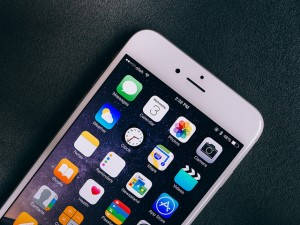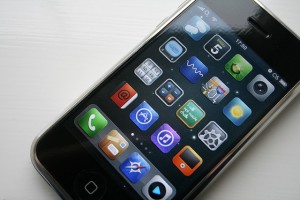Technology has transformed marketing. Yet, in a world of what seems to be boundless possibilities it is important to to remember that technology is a tool and that it must be used to improve the customer experience if it is going to be useful.
In other words, if you are just using technology for the sake of using technology with no real plan how to improve the customer experience, you run the risk of turning away customers.
In the mobile age, it is more important than ever to take an approach that starts with the consumer. What are your customers’ needs? Work towards addressing those needs with your iPhone application development or Android application development project.
Don’t get so caught up in what you want to accomplish that your app fails to resonate with users, the app stores are full of apps that are rarely used that were created to drive corporate agendas.
Popular applications that engage users understand consumer behavior and fulfill the needs consumers have.
Be customer centric
Make sure you build your application to improve your customers’ shopping experiences, a key component of this is personalization. One of the greatest opportunities with mobile devices is personalization. Consumers are generally more willing than you may expect to give you access to some personal information if it is used to improve their user experience. In fact, these days consumers basically expect that your are tailoring the experience and messaging to them and their preferences. Apps should offer unique personal value, recommendations and in general, improve service to consumers.
Improve the in-store experience
Physical stores have had a similar feel for years, but now you can improve your customers’ in-store experience with mobile. Consumers now expect to be able to find answers instantly and on the showroom floor is no exception. Analyze the in-store experience you offer can compare it to what mobile savvy customers expect to find areas you can improve in-store shopping. Modern consumers use mobile to read reviews, compare prices, check availability and more. Mobile is the perfect medium to deliver personalized content to consumers at just the right time in the right location.
Have a coordinated program
Evaluate how your in-store program relates to you web site and mobile apps and how they all fix together. Remember that the path to purchase has changed and that consumers now follow a path that could be both online and offline. A coordinated effort is needed to makes sure consumers have seamless experiences. Consumers may start shopping on your app or in your store and complete the transaction later. Make sure that you have the systems in place to allow consumers to do this as this is how people shop now.
Photo: http://bit.ly/1dsk3SM





